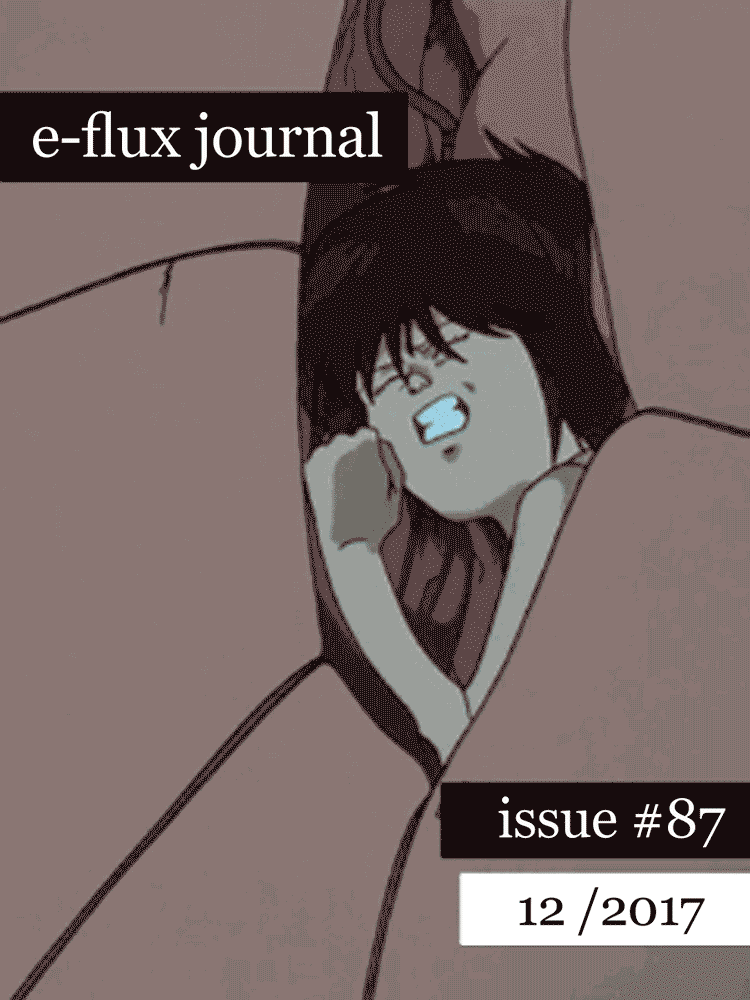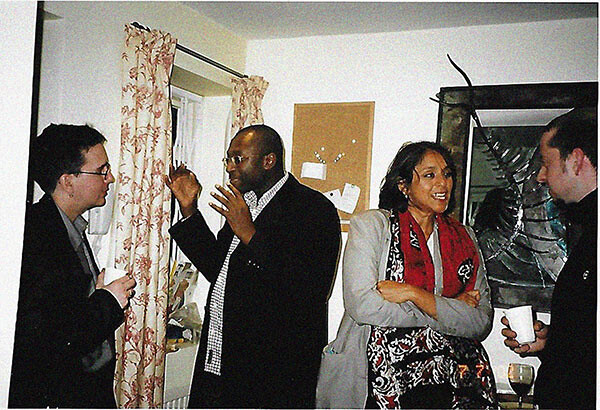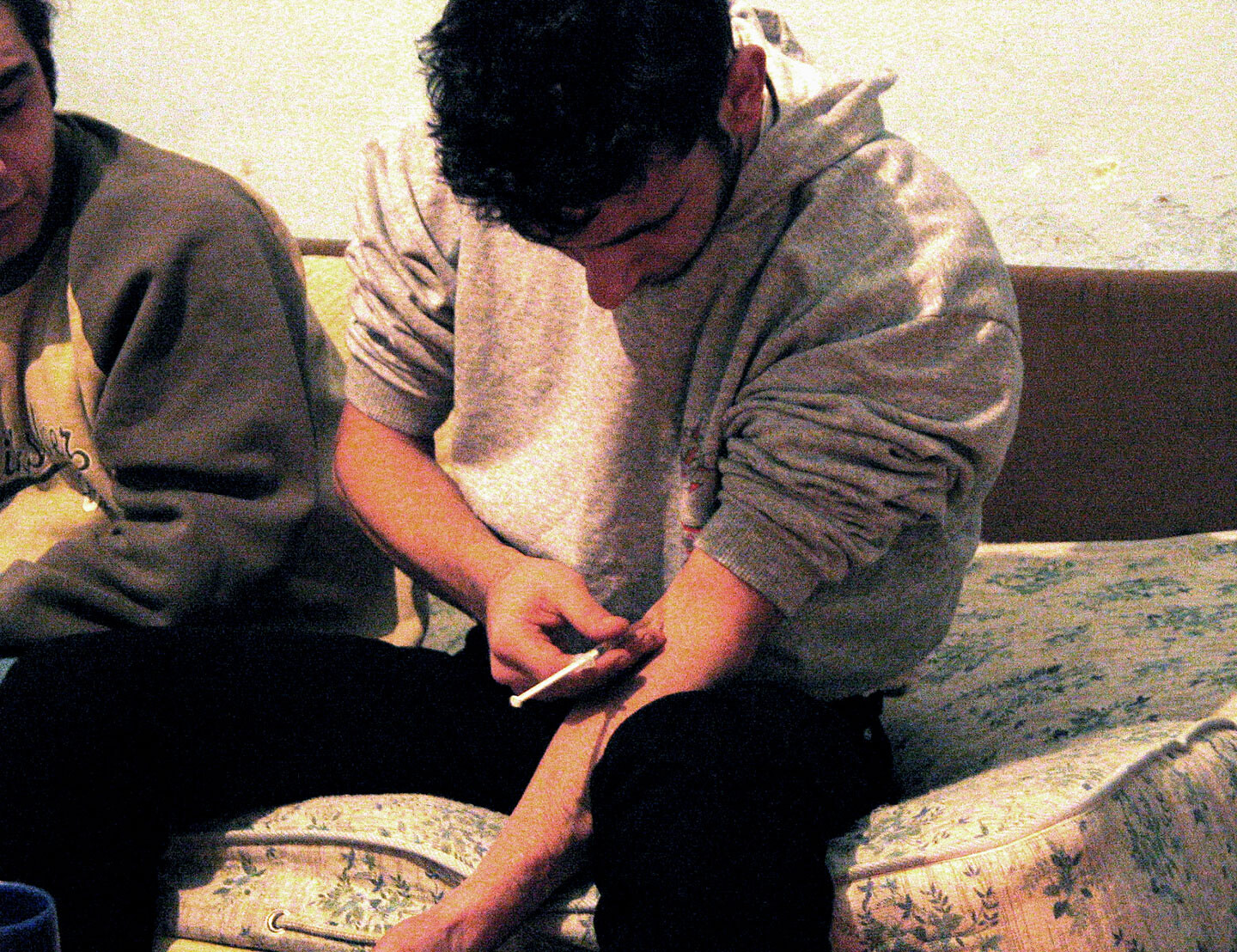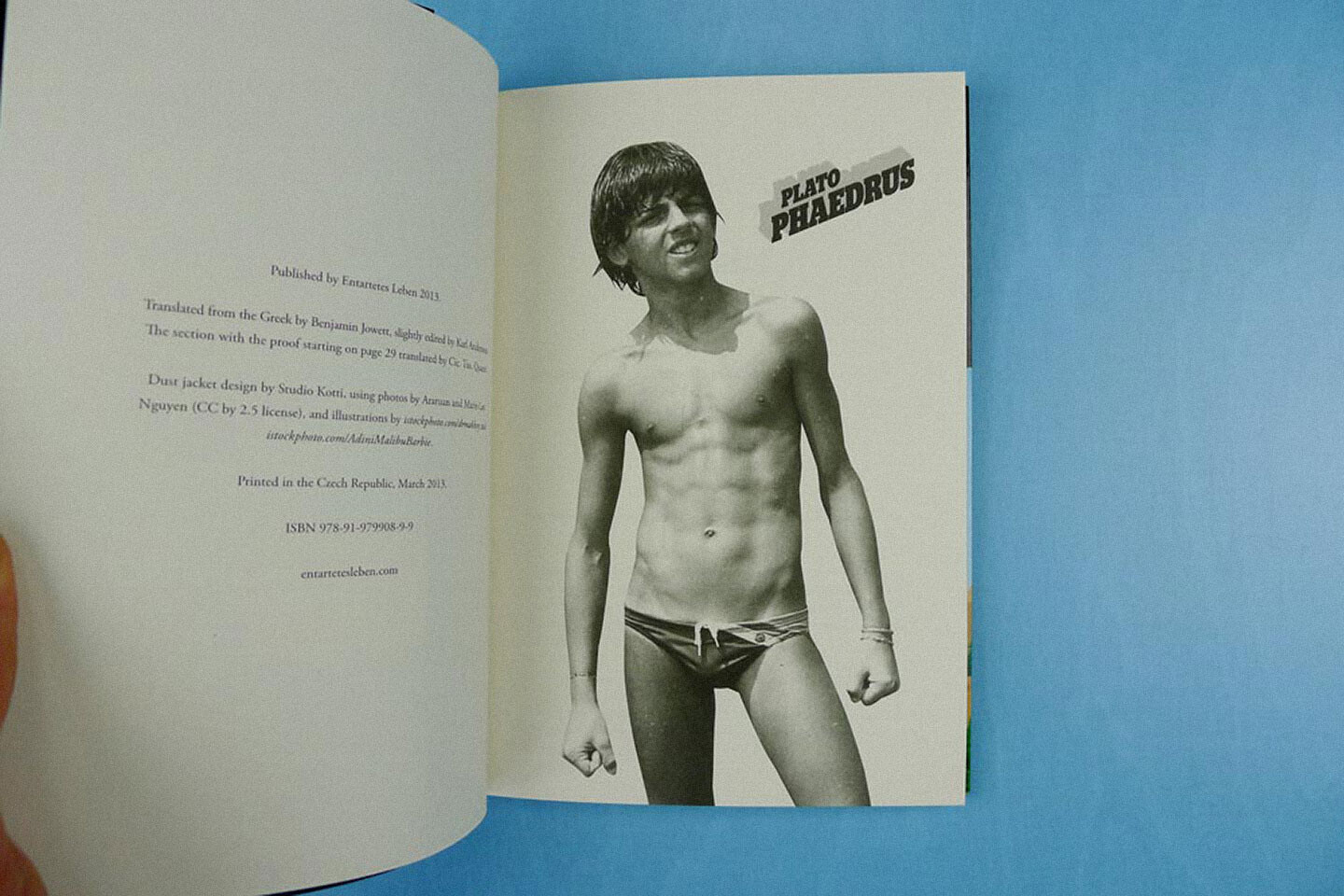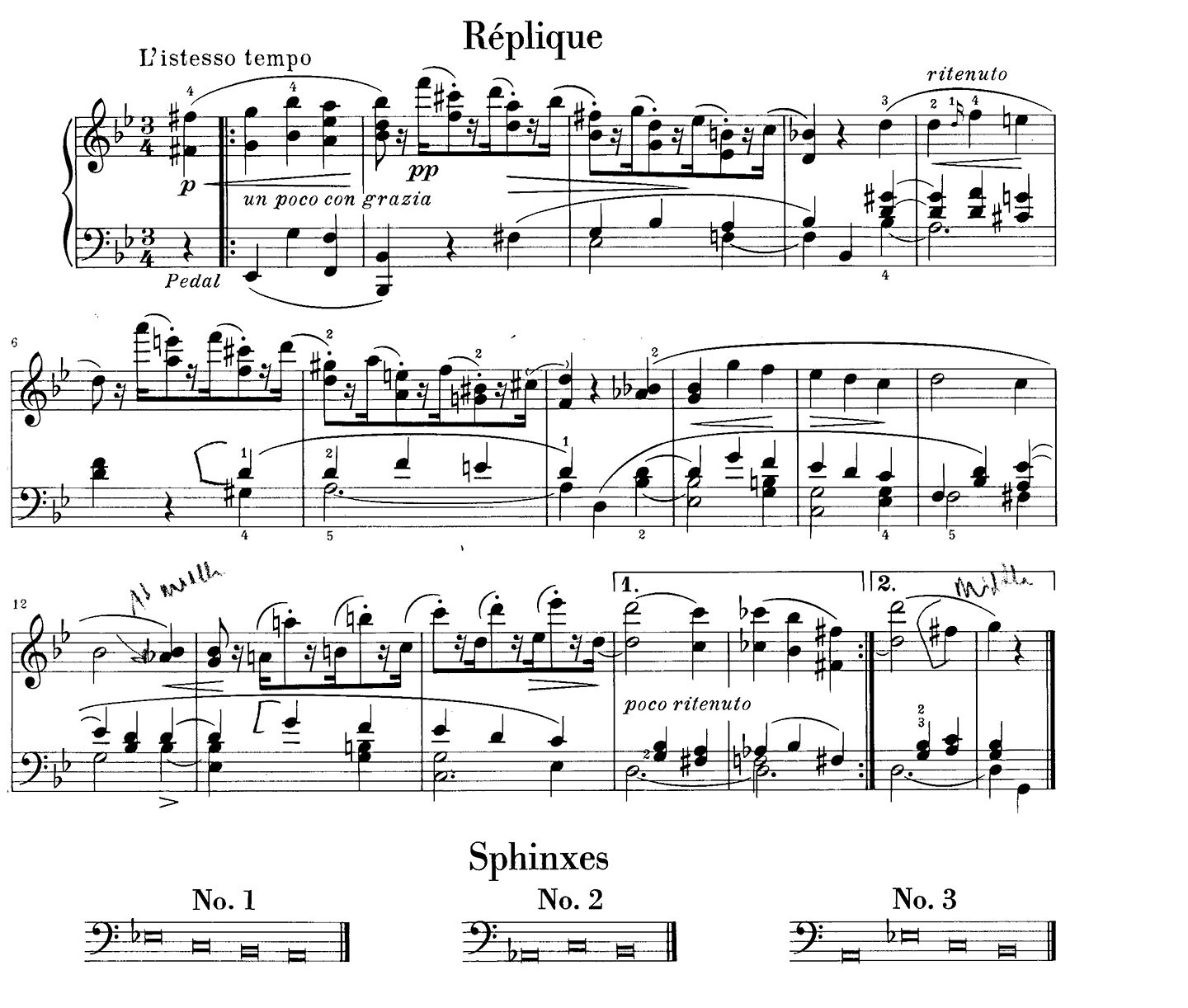Infused with an adverbial ideal of acting, feeling, and thinking modeled on the experience of an electric shock, the modern individual who struggles to escape gentrification is indeed no longer moved by what remains the same. They have lost their interest in fixed identities; what does not vary receives scant notice: an indefinitely repeated act, typical of the standardized world of work, seems intolerable to them. The very idea of eternity makes them yawn; marble leaves them cold. Everything that denies life and the musical variations that compose it breeds impatience: perfection and the absolute appear to them like an ontological flaw, an inability to become something else, the result of a serious intensity deficiency. The supreme objects of religious contemplation and wisdom strike them as extraordinarily flimsy. They love music for the changes, with repetition a taste of hell to come. Like Kierkegaard’s hero, they demand the possible or else they suffocate, and not only then; as soon as they are forced to recognize what they know, they gasp for air. What stays the same makes no difference to them. They need either less or more. They would rather change their mind even if the outcome is uncertain than stick to established certainties. Endlessly curious, they are ready to taste pain just as much as pleasure, as long as there is some change and movement, and the sound of being alive—melodious or dissonant—can be heard.

Shōtarō Kaneda struggles to emerge in an excerpt from the anime film Akira (dir. Katsuhiro Otomo, 1988).
When the Cleveland police officer Timothy Loehmann arrived on the scene on November 22, 2014, it took him less than two seconds to fatally shoot Tamir Rice, a twelve-year-old black boy who was playing with a toy gun. This raises the question—if law enforcement officers are already too trigger-happy, will the little red boxes that mark temporary crime zones reduce the reaction time of officers while they’re in the designated boxes? How does labeling a space as an area where crime will occur affect how police interact with those spaces? Although PredPol conceptualizes the terrain that is being policed as a field where natural events occur, the way that data is interpreted and visualized is not a neat reflection of empirical reality; rather, data visualization actively constructs our reality.
Blaccelerationism posits that there is no need for reclamation. A specific tradition of black radical thought has long claimed the inhumanity—or we could say anti-humanism—of blackness as a fundamental and decisive feature, and philosophically part of blackness’ gift to the world. Blaccelerationism also draws little distinction between a black acceleration and an afrofuturism. Instead it sees them as siblings and coconspirators. Masterworks of black art and culture that have been labeled examples of afrofuturism often participate equally in a blacceleration toward the end of the world. To give just one example: Busta Rhymes’s suite of apocalyptic albums (The Coming, When Disaster Strikes, E.L.E (Extinction Level Event): The Final World Front, and Anarchy) are often called afrofuturist for their exploration of a near-future techno-apocalypse and their warped, cyborgian accompanying visuals. However, by putting the black man at the center of the apocalypse—as both the agent of the world’s demise and its inheritor—these works resonate more specifically with the child of these strange bedfellows, black radical thought and accelerationism, that I call blaccelerationism.
The political line dictated by Lenin can in fact be summarized by the following formula: strategy to the class movement; tactics, and only tactics, to the institution, or rather, to the party, to representation and the vanguard. The independence of the proletariat constitutes strategic hegemony, where insurrectional power and the revolutionary project are formed. This is the reality on which the vanguard must focus its attention if it wants to establish a tactical proposal. The radical transformation of revolutionary tactics, dictated by Lenin beginning in April 1917, is not, therefore, some artist’s gesture, but the political recognition of hegemonic maturity, of the strategic capacity of the proletarian masses (the peasants, workers, and soldiers organized into soviets) to seize power.
Agents of artistic circulation mistake the decision to withdraw one’s labor or participation for idle disengagement. The illusion of political agency granted by global artistic circulation underpins this ideology. In contrast to these false accusations, striking art workers engage in artistic self-organization, the highest form of social creativity, which produces new social assemblages that sustain artistic creativity beyond its ossified forms. Only when reinvigorated by strikes, boycotts, and occupations do institutions of the commons emerge and provide ground for art as a practice of freedom. Far from destroying circulation, the refusal of art workers in moments of productive withdrawal allows for its resumption at some point in the future and under better terms. Without moments of collective refusal, there would be nothing to circulate under the name of art but luxurious objects, emptied of sense and value.
My taxonomy of images of alterity from the twentieth century—ethnographic, militant, and witness—is not opposed but rather transversal to Rancière’s. What I am interested in, firstly, is tracking the kinds of discourses underlying images of Western alterity in the aftermath of the postcolonial critique of the ethnographic image, the demise of the third-worldist militant image, and the exposure of the limitations of the witness image, which often serves to perpetuate the figure of the “victim.” These visibilities have perhaps become the “visual” in Daney’s sense. Second, I wish to consider the possibility of an image of soulèvement—in the sense of an image of an other that could threaten Western imperialism and capitalist absolutism, a system this is consensually driven by the desire and need for visibility, and that legitimates social Darwinism with racism and misogynist speech in the public sphere.
At first, I thought “performative” was coined by dance people in order to sound like museum people. But then I realized that the art world’s misuse of this term predates the dance world’s. Which made way more sense but also bummed me out even further. Why would dancemakers do this to ourselves? Why would we let museums rename what it is we already do? And why would we ourselves then use that language to describe what we have already been doing all these years? I long to see the dance world assert its language as part of its commodity. If you want to present dance, you need to know how to talk in dance’s existing language. It serves the form just fine because it is of the form. Dance doesn’t want to talk about itself from the remove of class or body. Dance wants to be hot in the center of its own glory hole—though it will happily pee on the museum steps for the right price.
Plato seeks to explain beauty only in terms of its effect, but beauty is supposed to be nothing but the imitation of the idea of beauty—this seemingly merely exegetic remark on the Plato passage is, if I am not mistaken, of the most central imaginable significance for the establishment of an aesthetics. For it means that neither can we explain the idea of beauty or the idea of art as such in directly objectivist terms—that is to say, without reflection on the spirit, without reflection on humans and their attitude towards objectivity—nor, on the other hand, is this idea of art or this idea of beauty limited to the context of effects that it imposes on us; rather, it is essentially objective and has an objective aspect. In other words: if I could already formulate here the polarity which one encounters in Plato, if one does not wish crudely to impose an inconsistent theory on him, one must say that the underlying conception of beauty itself here is a dialectical conception of beauty. This means that beauty itself, by its own nature, presents itself as mediated, inherently as something like a tension between subjective and objective aspects. And when I told you that all the motifs of aesthetics that ever unfolded in later times are already present here, as if in a kind of sacred foundational text, then this is primarily what I had in mind. For even at its highest peak, at the Hegelian peak, aesthetic speculation did not get any further than that definition of beauty which termed beauty itself—instead of calling it being in a static, object-like sense—just such a state of tension between subjective and objective aspects.
Some scenes you never return from the morbid imagining of, like the love song of Martin Heidegger and Hannah Arendt, even if you know that neither the task of universal good nor the project of demolishing evil (including current evil) will be moved ahead a millimeter by morbid fantasies. I need to figure out what to do with my treasured, honed perversity and the tradition (from the Marquis de Sade through Genet, Hervé Guibert, and Foucault) that celebrates perversity and finds revolutionary seeds in it. What will you do with those seeds right now? Are they stale in the hand? Will perversity help us now?
